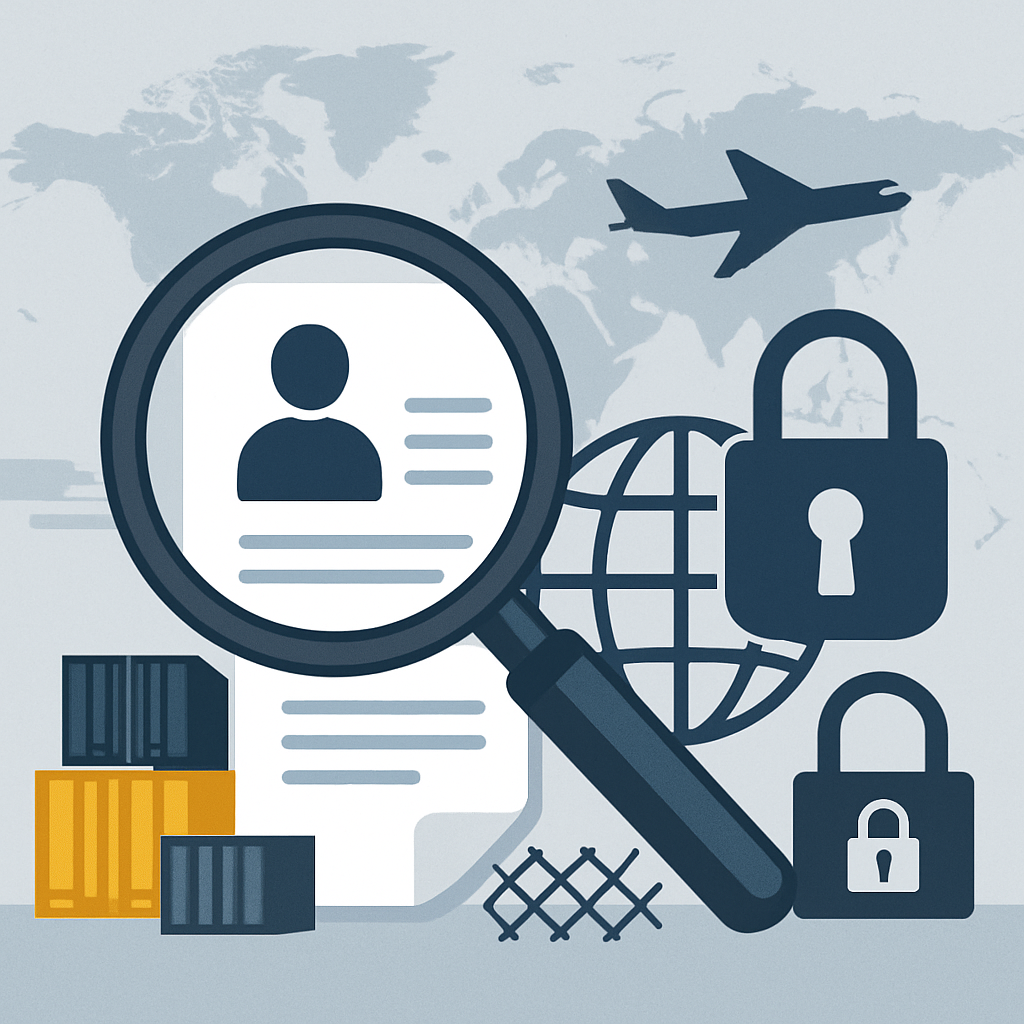How to Prepare for CTPAT Validations
CTPAT Validations can feel overwhelming, especially with all the documentation and preparation involved. It is completely normal to feel a little...
2 min read
Sarah Velazquez
:
Jun 4, 2024 12:17:48 PM

In an interconnected world where the security of cargo shipments and facilities is paramount, swift and decisive action in response to threats is imperative. A good Security and Emergency protocol stands as a beacon of preparedness, outlining clear steps to address any encountered issue with unwavering efficiency. Whether it be the discovery of a compromised cargo shipment, unauthorized access to a facility, or any other threat to security, adherence to protocol ensures a timely and coordinated response. The cornerstone to your approach lies in immediate action. Furthermore, our obligation to regulatory bodies such as CBP, TSA, and law enforcement agencies underscores our unwavering dedication to upholding the integrity and safety of the supply chain and civil aviation. This blog explores in detail the intricacies of our policy, emphasizing the critical importance of vigilance and readiness in safeguarding against potential threats.
If there is an issue with a cargo shipment, witnessed unauthorized access to a facility, or another threat there are steps you should take immediately:
CBP, TSA, and appropriate law enforcement authorities must be notified of all incidents and suspicious activities that could affect the security of the supply chain or civil aviation or when any of the following occur:
There are also procedures that need to be put in place if there were to be a bomb threat within your company:
Bomb Threat Procedures:
Once the Emergency has been mitigated, reported and the area is safe, you will want to have your Designated Security Officer launch an investigation.
The purpose of the investigation is to:
Following a significant security incident, you will want to initiate an analysis immediately after becoming aware of the incident and in order to determine where the supply chain may have been compromised. Post-incident analysis findings will want to be documented, completed as soon as feasibly possible, and, if allowed by law enforcement authorities, made available to the SCSS upon request.
In conclusion, the effective implementation of a robust Security and Emergency protocol is crucial in safeguarding cargo shipments and facilities in our interconnected world. This protocol serves as a beacon of preparedness, guiding swift and decisive action in response to threats with unwavering efficiency. The outlined steps, from immediate notification to relevant authorities to thorough post-incident analysis, underscore your commitment to upholding the integrity and safety of the supply chain and civil aviation.
By adhering to protocol and promptly reporting incidents to regulatory bodies such as CBP, TSA, and law enforcement agencies, you be able to demonstrate dedication to vigilance and readiness. Furthermore, the systematic investigation following a security incident enables you to identify security risks, document findings, and implement measures to prevent reoccurrence, thereby bolstering your security posture.
Through continuous improvement and adherence to established protocols, we strive to maintain the highest standards of security and emergency preparedness in safeguarding against potential threats.
If you are interested in learning more about how Veroot can help fortify your security & emergency protocols in CTPAT, lets talk!

CTPAT Validations can feel overwhelming, especially with all the documentation and preparation involved. It is completely normal to feel a little...

Have you ever wondered how much trust really matters in global trade? A lot more than you think. When your business relies on partners around the...

Achieving CTPAT Certification is a significant milestone – but it’s just the beginning. Maintaining and improving compliance requires ongoing...